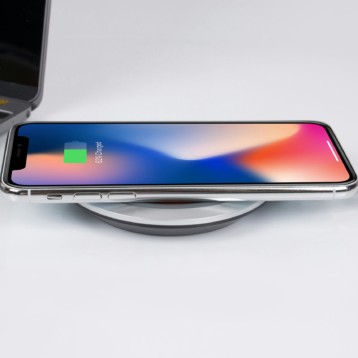Spence, who lost sight in his right eye as a 13-year old, will not be restoring his vision and the camera will not connect to his brain. His plan as the “EyeBorg Guy” will be to connect a camera module to a transmitter located inside the prosthetic eye that can broadcast captured video footage. To boost the signal Spence plans to wear another transmitter on his belt. A receiver attached to a hard drive in a backpack could capture that information and transmit it for real time uploading on a web site.
Even in our age of advanced miniaturized technology, fitting a wireless video camera into a prosthetic eye is an engineering challenge. The shape and size of Spence’s prosthetic eye is the biggest limitation at 9-mm thick, 30-mm long, and 28-mm high. Bowen, the ocularist working on the EyeBorg Project, reports that the average area available inside the prosthetic for an imaging sensor is only about 8 square mm. The world’s smallest CMOS camera, 1.5mm square, is being used; however, a digital camera has more components than the visible lens and sensor, including the power supply and circuitry for image processing. An RF transmitter provides wireless transmission of the video signal and the power is supplied via lithium polymer battery technology.
Developing the prototype prosthetic bionic eye was a challenge. Bowen needed to redesign a traditional prosthetic eye, changing it from a single piece to a two-piece prosthetic that could snap shut. The camera, transmitter, and power supply need to fit in between the two pieces, and the fit needs to keep everything dry. In addition to size and waterproofing issues, the weight of the eye is also an issue; modification of the prosthetic eye adds weight, which may affect wear in the eye socket, and possibly affect the appearance of facial structure.
Spence has a blog running with updates on the projects web site. He says his goal with the EyeBorg Project is twofold: to raise awareness of constant surveillance in society and to get people talking unselfconsciously.
TFOT has covered stories in the past about bionic technology, including mind-controlled bionic limbs, and Festo’s bionic arm. TFOT has also covered a story on SpyFinder, invented by C&C Technology, which is a personal gadget used to detect and locate possible hidden cameras.










